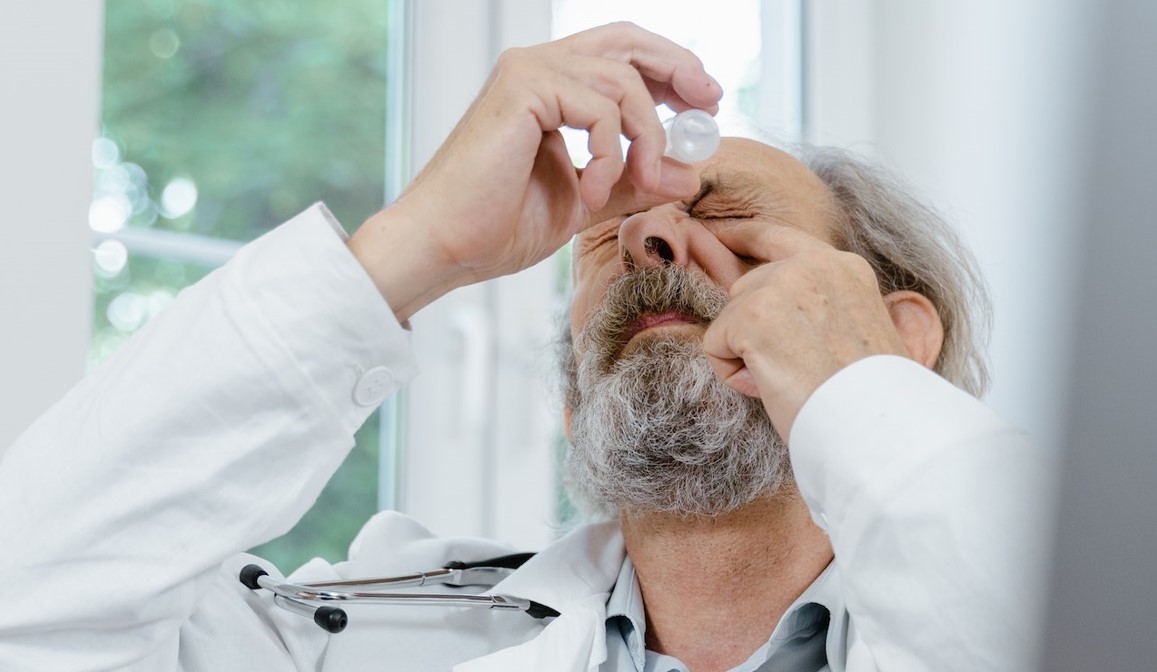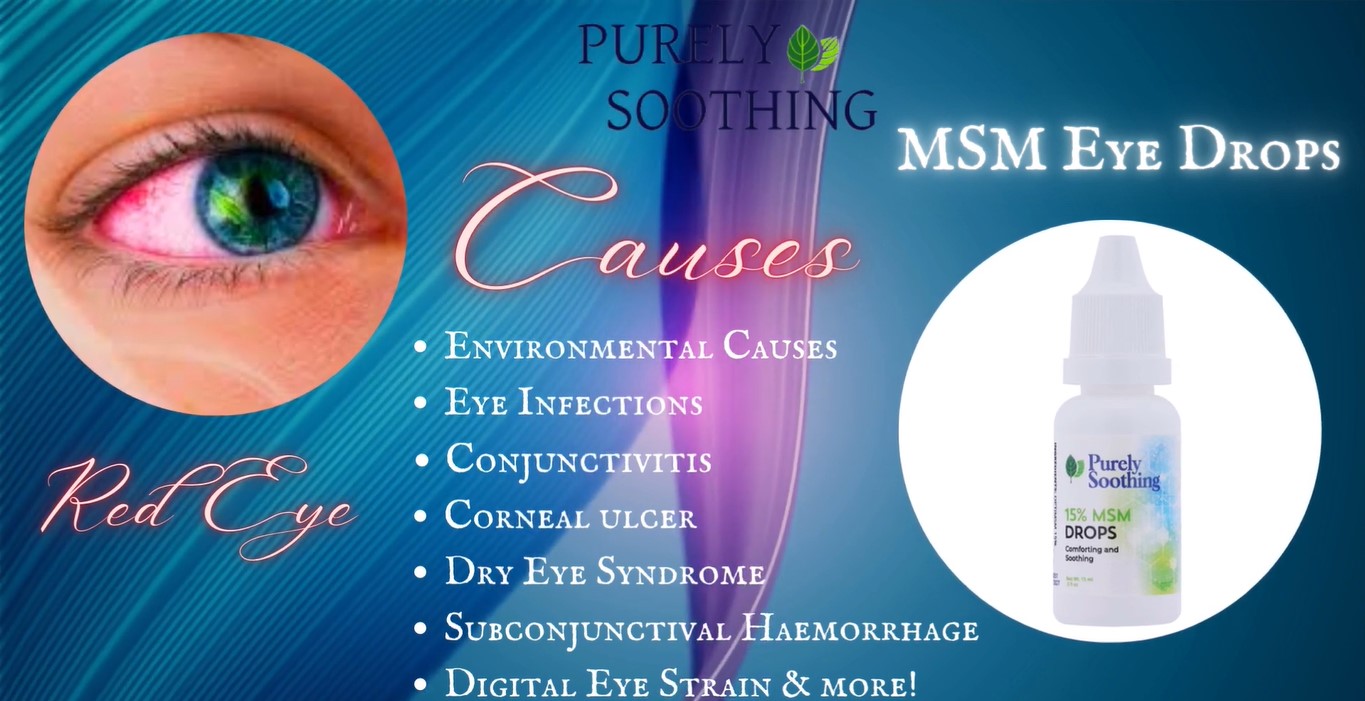Eye Drops - Caring For One’s Windows Of The Soul
Dry eyes? Sudden itchiness in your eyes? They’re red? There’s a quick relief for those: eye drops. Several over-the-counter brands are out there, but beware of the contaminated ones. You either lose your vision or, worse, die.
Author:James PierceReviewer:Karan EmeryMar 28, 20235 Shares676 Views
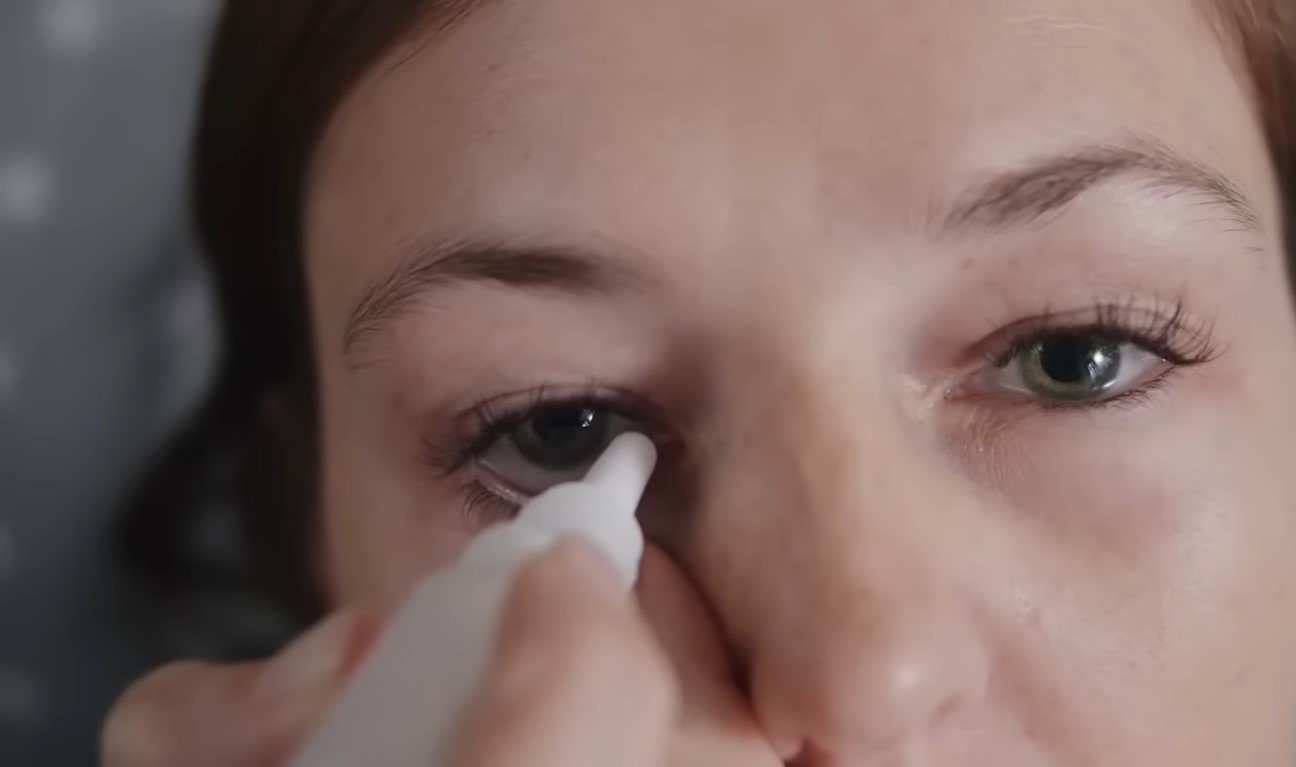
Eye dropsare a popular and effective way of delivering medication directly to the eye.
They can quickly and easily penetrate the surface of the eye to provide relief from symptoms.
The use of eye drops, which come in different types, is common among people of all ages. They can be purchased over-the-counter or prescribed by a doctor.
Learn more about eye drops and find out which ones are recommended by experts and which ones should be avoided.
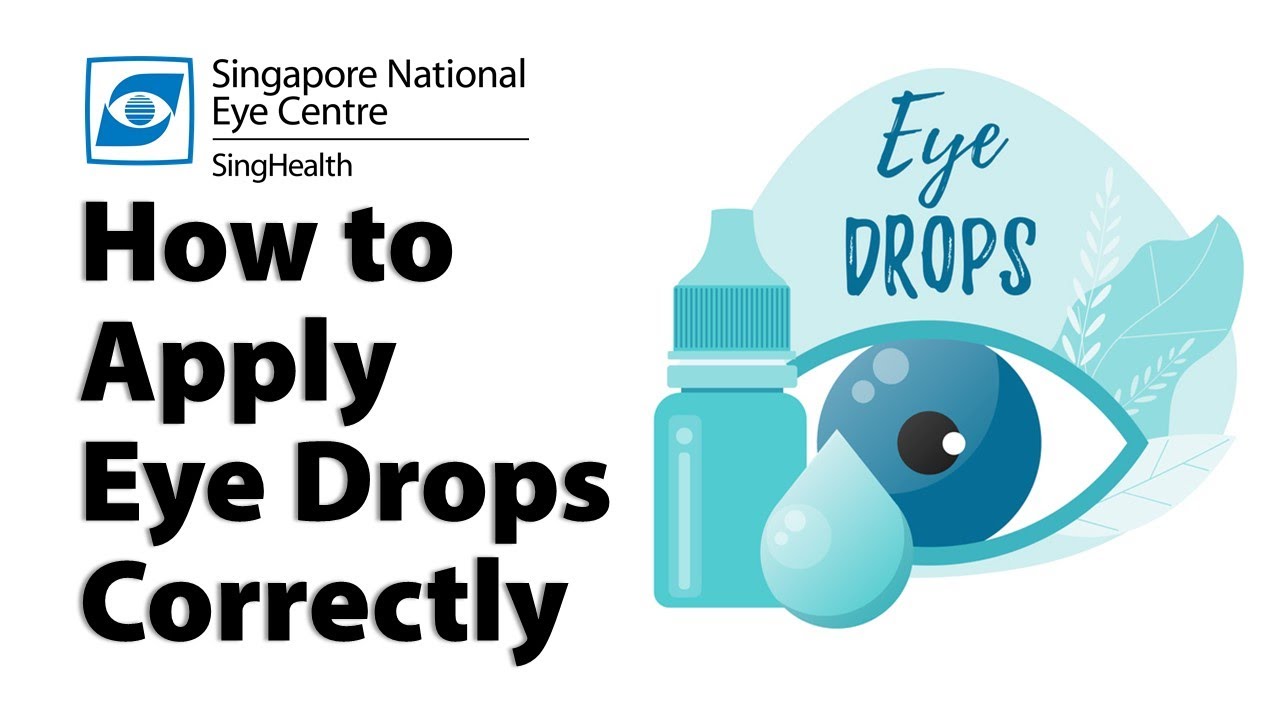
How To Apply Eye Drops Correctly - Singapore National Eye Centre
What Are Eye Drops Used For?
They are used to treat a variety of eye conditions such as:
- allergies
- dry eyes
- eye infections
- glaucoma (a group of eye diseases that can cause vision loss and even blindness)
Eye drops are likewise use for other conditions that cause the following in the eyes:
- inflammation
- itching
- redness
Eye drops work by either lubricating the eyes, reducing inflammation or pressure, or killing bacteria that cause infections.
Some eye drops contain drugs that constrict the blood vessels in the eye, which can help reduce redness and swelling.
There are several other names or terms for “eye drop,” including:
- eye medication
- eye ointment (while not a liquid, it is also used to treat eye conditions)
- eye solution
- ocular drops
- ophthalmic drops
- topical eye drops
Eye drops are available in different formulations, including:
a. Solutions
- most common form of eye drops
- made up of one or more active ingredients dissolved in a liquid
b. Suspensions
- made up of solid particles that are suspended in a liquid
- need to be shaken before use
c. Ointments
- thicker and stickier than solutions or suspensions
- often used at night to provide longer-lasting relief
Some important reminders when using eye drops:
1. Follow the instructions carefully.
2. Use them as directed by your doctor or pharmacist.
3. Avoid touching the dropper tip to any surface or your eye to prevent contamination.
4. Avoid using eye drops that contain preservatives for an extended period, as they may cause irritation and further dryness.
Lastly, some eye drops may cause temporary stinging or blurred vision after use. Therefore, it’s best to use them when you have a few minutes to sit and wait for any potential side effects to subside.
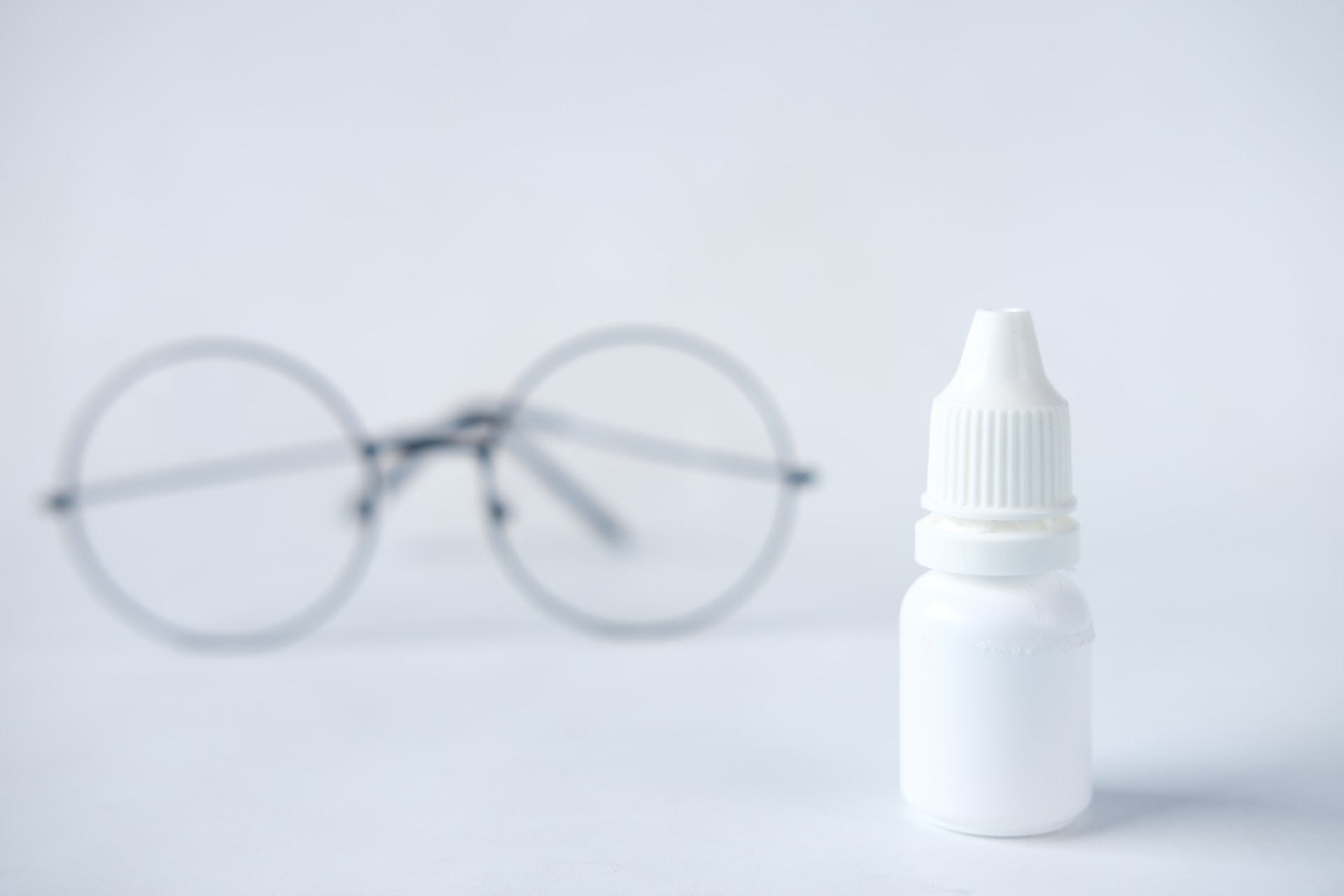
Eye Drops For Dry Eyes
Dry eye syndrome is a common condition that occurs when the eyes don’t produce enough tears or when the quality of tears is poor, causing discomfort, irritation, and other symptoms such as:
- burning
- itching
- redness
- stinging
Eye drops for dry eyes can provide relief by:
- lubricating the surface of the eye
- reducing inflammation
- restoring the natural moisture balance
There are several types of eye drops for dry eyes available over-the-counter (OTC) or by prescription.
Some of the most common types include:
a. Artificial tears
These eye drops contain a lubricating solution that mimics the natural tears, providing relief from dryness and irritation.
Artificial tears are available in various formulations that can be used as often as needed throughout the day, such as:
- saline
- gel-based
- oil-based
b. Anti-inflammatory drops
These prescription eye drops contain steroids or nonsteroidal anti-inflammatory drugs (NSAIDs) that reduce inflammation and swelling in the eyes, helping to alleviate dryness and discomfort.
c. Prescription eye drops
If artificial tears or anti-inflammatory drops are not effective in relieving dry eyes, your doctor may prescribe other types of eye drops.
Two examples are cyclosporine (U.S. brand names: Gengraf, Neoral, SandIMMUNE) and lifitegrast (brand name: Xiidra). They can help increase tear production and reduce inflammation.
Eye Drops For Red Eyes
Eye drops for red eyes are a common OTC medication used to relieve symptoms of eye redness, itchiness, and dryness.
These eye drops work by reducing inflammation and widening the blood vessels in the eye, which helps to increase blood flow and relieve redness
There are several types of eye drops for red eyes, including:
a. Lubricating drops
These are designed to moisturize and soothe dry eyes.
They can be used to relieve redness caused by:
- allergies
- environmental irritants
- prolonged computer use
b. Decongestant drops
These work by narrowing the blood vessels in the eye, which reduces redness.
Prolonged use of decongestant drops can actually cause the blood vessels to become more dilated, making redness worse.
So, they should not be used for more than a few days at a time.
c. Antihistamine drops
These are used to relieve redness and itchiness caused by allergies.
Eye Drops For Infection
Eye drops for infection are a type of medication that is used to treat various types of eye infections.
The type of eye drop prescribed will depend on the specific type of infection present. For example:
a. Antibiotic eye drops- commonly used to treat bacterial infections
b. Antiviral eye drops- used to treat viral infections
c. Corticosteroid eye drops- may be used to reduce inflammation and swelling caused by the infection
Contaminated Eye Drops
Contaminated eye drops are eye drops that have been contaminated by:
- bacteria
- viruses
- other harmful microorganisms
These contaminants can cause infections and other serious eye conditions if the eye drops are used as they are.
Contamination can occur:
- during storage
- during the manufacturing process
- due to improper handling or use by the consumer
Some of the most common symptoms of contaminated eye drops include:
- discharge from the eye
- itching
- pain
- redness
If you experience any of these symptoms after using eye drops, it’s important to stop using them immediately and seek medical attention.
To prevent eye drops from becoming contaminated, it is important to follow these simple guidelines:
1. Always make sure to wash your hands thoroughly before handling eye drops.
2. Do not touch the dropper tip or the opening of the bottle with your fingers or any other object.
3. If you are using eye drops for more than one person, do not share the same bottle or dropper.
In addition, when storing eye drops:
1. Make sure to keep them in a cool, dry place and away from direct sunlight.
2. Avoid touching the dropper tip to any surface.
3. Do not allow the dropper to come into contact with your eye or any other object.
Note that contaminated eye drops can be very dangerous, especially for people who wear contact lenses or have compromised immune systems.
What Eye Drops Not To Use?
As of February 22, 2023, the U.S. Food and Drug Administration (FDA), through its website, warns the public not to use, “due to potential bacterial contamination,” these OTC eye drops:
- Delsam Pharma’s Artificial Eye Ointment
- Delsam Pharma’s Artificial Tears
- EzriCare Artificial Tears
Indian pharmaceutical company Global Pharma Healthcare manufactures the aforementioned eye drops.
Eye Drop Recall 2023
Aside from the three eye drops banned by the FDA, per MarketWatch, these two were also recalled:
a. Brimonidine Tartrate Ophthalmic Solution, 0.15%
- by Apotex Corp. (headquarters: Toronto, Canada)
- recalled: March 1
b. Purely Soothing 15% MSM Drops
- by Pharmedica USA LLC (Phoenix, Arizona)
- recalled: March 3
The eye drop recall happened after an investigation by the U.S. Centers for Disease Control and Prevention (CDC), reported CBS News.
CDC linked “a cluster of multistate bacterial infections” to the said eye drops.
CBS News said that 55 individuals who used one of those eye drops developed “eye infections.” Others experienced “permanent vision loss.”
One of them unfortunately died “from a bloodstream infection.”
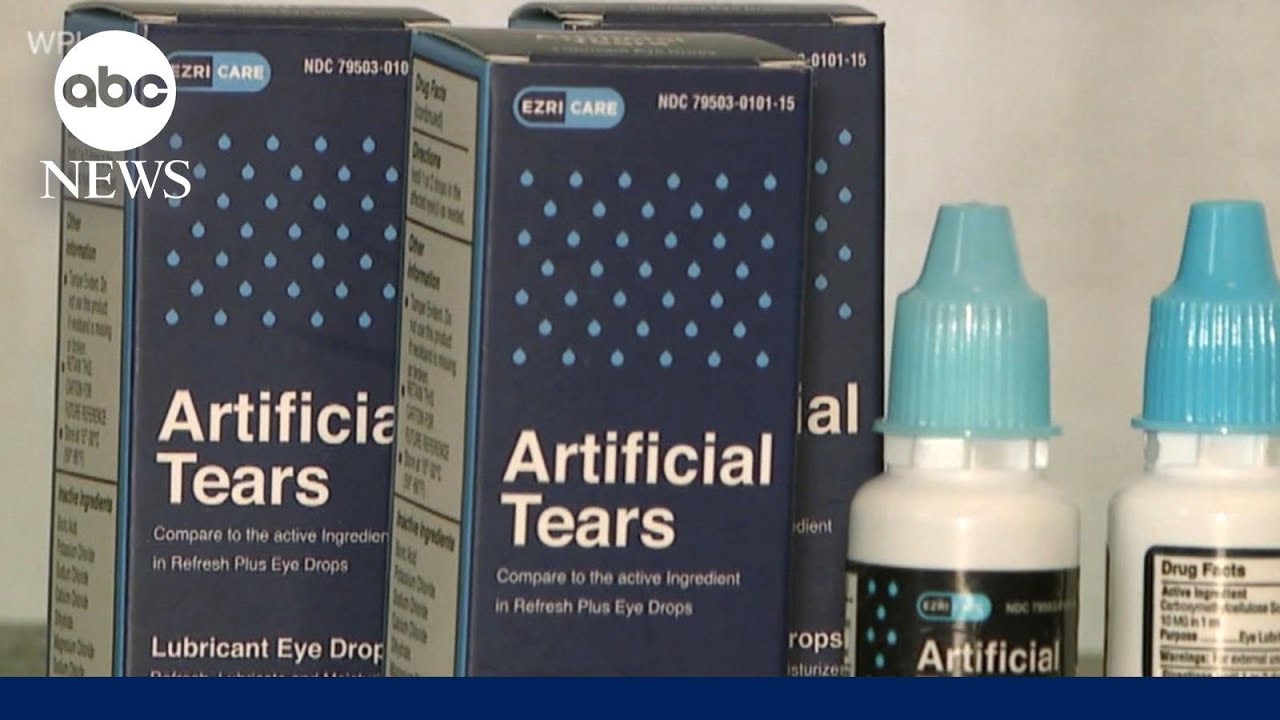
Eye drop horror story
Safe Eye Drops
There are several types of eye drops available, and the safest eye drops to use depend on the individual’s eye condition and medical history.
As for eye drops for dry eyes, here are some recommendations from three medical this 2023, as compiled by Forbes:
| Description | Eye Drop (Brand Name) |
| Best for Daytime and Nighttime Use | Blink GelTears Lubricating Eye Drops |
| Best for Meibomian Gland Dysfunction (MGD) | Refresh Optive Mega-3 |
| Best for Multiple Types of Dry Eye | Systane Complete PF |
| Best Ointment | Optase Hylo Night Ointment |
| Best Preservative-Free | Refresh Relieva Preservative-Free |
| Best Supplement | De3 Dry Eye Omega Benefits |
| Best Value | Systane Balance |
People Also Ask
Is It OK To Use Eye Drops Every Day?
It is generally safe to use eye drops every day, but it’s important to follow the instructions and recommended dosage provided by your doctor or on the product label.
Can I Use Eye Drops Without Consulting A Doctor?
In general, it is safe to use OTC eye drops without consulting a doctor for minor eye irritations or dryness.
However, if you are experiencing severe or persistent eye symptoms (e.g., pain, redness, or changes in vision), seek medical attention from a qualified healthcare provider.
Furthermore, consult first with a doctor or pharmacist before using any eye drops if you:
- are taking medications
- have a pre-existing medical condition
Why Do My Eyes Burn When I Put Eyedrops In?
There could be several reasons why your eyes burn when you put in eyedrops. Here are some possible explanations:
- allergic reaction
- chemical irritation
- contamination
- dry eyes
- incorrect usage
Final Thoughts
While eye drops for dry or red eyes can be effective in relieving symptoms, they should not be used as a substitute for a proper eye examination by a qualified eye doctor.
In some cases, dryness or redness can be a symptom of a more serious underlying condition, such as an eye infection or injury.
Overall, eye drops can provide effective relief, but it is important to seek medical advice if the condition persists or worsens despite treatment.

James Pierce
Author

Karan Emery
Reviewer
Latest Articles
Popular Articles
